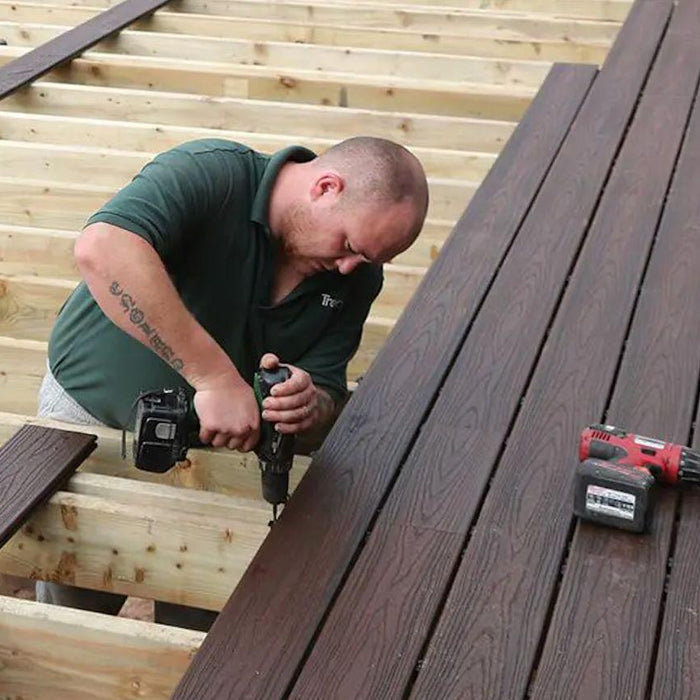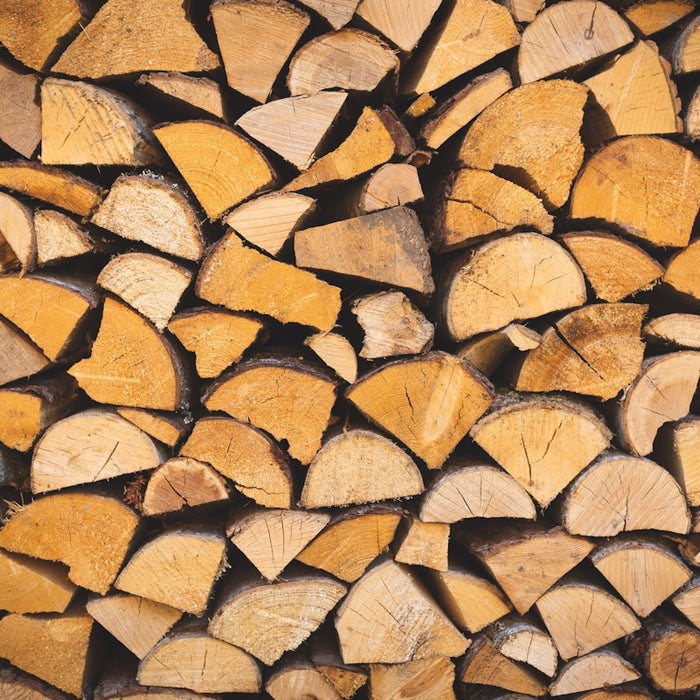In a world where sustainable gardening and eco-friendly living have become pressing priorities, transforming your outdoor space with DIY timber projects is both a rewarding and environmentally conscious way to beautify your home. Beyond adding style and functionality, timber framing offers a truly sustainable way to improve your garden.
Why Choose Timber for Garden Improvements?
Timber has long been a favourite in woodworking, not just for its aesthetics but also for its versatility and environmental benefits. As a renewable resource, it stands as one of the most sustainable building materials. When responsibly sourced, timber can significantly lower the carbon footprint of your DIY ventures. Moreover, timber can be used in various forms, from actual frames to claddings and even roof coverings.
Planning Your Timber-Framed Garden Projects
Whether you're building an expansive garden deck, constructing a cosy shed, or creating a rustic fence, planning is crucial. Here’s a simple guide to get you started:
Understanding Timber Building Materials

Before jumping in, let's examine some basic timber building materials you might need:
-
4x2 (50x100) Tanalised Timber Framing: A robust and treated option, perfect for structural framing due to its resistance to rot and decay. Check it out here.
-
32x125 Tanalised Treated Loglap Cladding: Ideal for those seeking a stylish yet durable finish for garden buildings. Explore this product.
-
Hardwood Faced Plywood: Fine for various woodworking projects. It’s particularly useful if you're looking to add decorative elements to your garden structures. Learn more about it.
-
OSB Boards and Plywood: Essential for creating flat surfaces that need additional strength and durability.
Sequencing Your Timber Project
When tackling any garden improvement project with timber framing, sequence is everything:
-
Design Phase: Draft your project design, considering dimensions and material needs.
-
Material Selection: Choose your timber and other necessary materials, ensuring they are correctly sized and treated for outdoor use.
-
Foundation Laying: Essential groundwork to ensure stability and safety of your structure.
-
Structure Assembly: Use your tanalised timber not just for its strength, but also for its longevity in outdoor environments.
-
Cladding and Finishing: Apply cladding, like log lap cladding, as this provides both insulation and aesthetic appeal.
Creating Beautiful and Robust Roofs
A sturdy roof can transform your garden structures significantly. Consider these materials for the job:
-
Roof Shingles: Known for their durability and aesthetic appeal.
-
Roof Felt and Roof Tiles: Essential for ensuring your DIY roof is waterproof.
DIY Roofing Essentials

When considering the right materials, you might also want to explore the Strotex Breathable Membrane. This membrane is essential for allowing moisture to escape while preventing water ingress, ensuring your timber projects remain moisture-free. View details here.
Decking: Expanding Your Garden Space

Decking with timber provides a luxurious extension to your living space. Here are some steps to consider:
-
Choose your Timber: Opt for treated varieties to combat fungal attacks.
-
Construction: Begin with foundational joists using durable timbers like the Tanalised Framing.
-
Finishing Touches: Use decking boards and seal with a suitable finish to enhance longevity.
Enlivening Your Garden with Timber Claddings

Claddings not only protect your structures but add charm and elegance. The overlap shadowboard is a remarkable choice for garden fences, providing both protection and a rustic finish. Explore the shadowboard option.
Cladding Options
-
Log Lap Cladding: Bestowed with a natural facade, it seamlessly blends with garden environments.
-
Shiplap Cladding: An excellent choice for superior weather protection and aesthetics.
Sustainability: A Core Principle of DIY Timber Projects
Engaging in DIY projects using sustainable practices is paramount. By choosing timber, you are promoting eco-friendliness. Ensure your materials are responsibly sourced and consider recycling and repurposing timber where possible.
Installation and Delivery - What to Expect
Upon decision-making, expect swift delivery and manageable installations. The structure assembly often happens in stages:
-
Foundation Work: Pre-delivery site preparation can help expedite this phase.
-
Framework Assembly: Utilize instructions or professional guidance for best results.
-
Cladding and Roofing: Often the final steps, bringing your vision to life.
Timber DIY offers comprehensive guides and material selections to ensure your projects are successful. Visit Timber DIY for more insights and resources for your next venture.
Whether you’re a seasoned DIY expert or a novice enthusiast, timber is an exceptional material to reshape your garden into a marvel. Embrace the countless possibilities and the inherent beauty of woodworking, and see your garden truly thrive.







